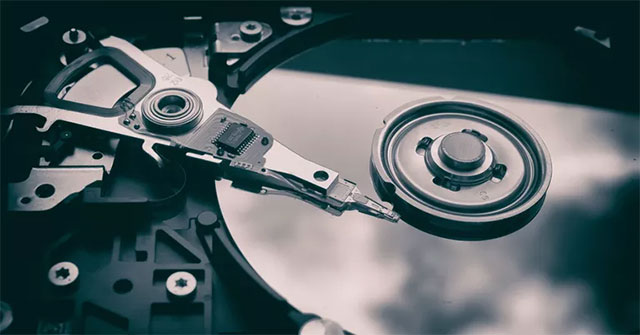What is the Master Partition Table?
The Master Partition Table is a component of the Master Boot Record / Sector that contains descriptions of partitions on your hard drive, such as their type and size. Master Partition Table comes with Disk Signature (disk signature) and Master Boot Code to form the Master Boot Record.
Due to the size (64 bytes) of the Master Partition Table, up to 4 partitions (each with 16 bytes) can be specified on the hard drive. However, additional partitions can be established by defining one of the physical partitions as an extended partition and then defining additional logical partitions in the extended partition.
Note : Free disk partitioning tools are an easy way to manipulate partitions, mark them as "Active" , etc.

Other names for Master Partition Table
The Master Partition Table is sometimes referred to as a partition table or partition map or even simply abbreviated to MPT.
Structure and position of the Master Partition Table
The Master Boot Record consists of 446 bytes of code, followed by a partition table with 64 bytes and the remaining two bytes are reserved for disk signatures.
Here are the specific tasks of every 16 bytes in the Master Partition Table:
Capacity (Byte) Description 1 Contains boot label 1 Starting head - Where to start 1 Sector starts (first 6 bits) and cylinder starts (2 higher bits) 1 This byte holds 8 lower bits of the starting cylinder 1 Contains partition type 1 Ending head - Ending area 1 Sector ends (first 6 bits) and cylinder ends (2 higher bits) 1 This byte holds the lower 8 bits of the ending cylinder. region 4 Number of sectors in partitionBoot labels are especially useful when there is more than one operating system installed on the hard drive.Because there are many primary partitions, the boot label allows you to select the operating system to boot.
However, the partition table always tracks a partition that acts as an "Active" partition, booted if no other options are selected.
The partition type part of the table refers to the file system on that partition, where partition ID 06 or 0E means FAT, 0B or 0C means FAT32 and 07 means NTFS or OS / 2 HPFS.
For a partition with 512 bytes per sector, you need to multiply the total number of sectors by 512 to get the total number of bytes of the partition.This number can then be divided by 1024 to convert into kilobytes (continue dividing again to convert into megabytes, then gigabytes, if needed).
After the first partition table, offset 1BE in MBR, the other partition tables for the second, third and fourth primary partitions will be at 1CE, 1DE and 1EE:
Offset Offset Hex (Hexadecimal) Decimal Length (Byte) Description 1BE - 1CD 446-461 16 Primary Partition 1 1CE-1DD 462-477 16 Primary Partition 2 1DE-1ED 478-493 16 Primary partition 3 1EE-1FD 494-509 16 Primary partition 4You can read the hex version of Master Partition Table with tools like wxHexEditor and Active @ Disk Editor.
You should read it
- Convert MBR to GPT on Windows drive
- Instructions for creating a master partition in Ubuntu
- How to fix 'Invalid Partition Table' error on Windows
- (Giveaway) Copyright free EaseUS Partition Master Professional Edition Best hard drive management software
- How to split and partition hard drive with EaseUS Partition Master software
- How to restore Master Boot Record in Windows 10
 What is PPPOE? What is the role of PPPOE?
What is PPPOE? What is the role of PPPOE? Difference between LAN, MAN and WAN
Difference between LAN, MAN and WAN What is Windows Hello? How does Windows Hello work? How to install Windows Hello
What is Windows Hello? How does Windows Hello work? How to install Windows Hello Introducing Google Cameos
Introducing Google Cameos What is a widget on Android?
What is a widget on Android? What is the HMG IS5 method?
What is the HMG IS5 method?